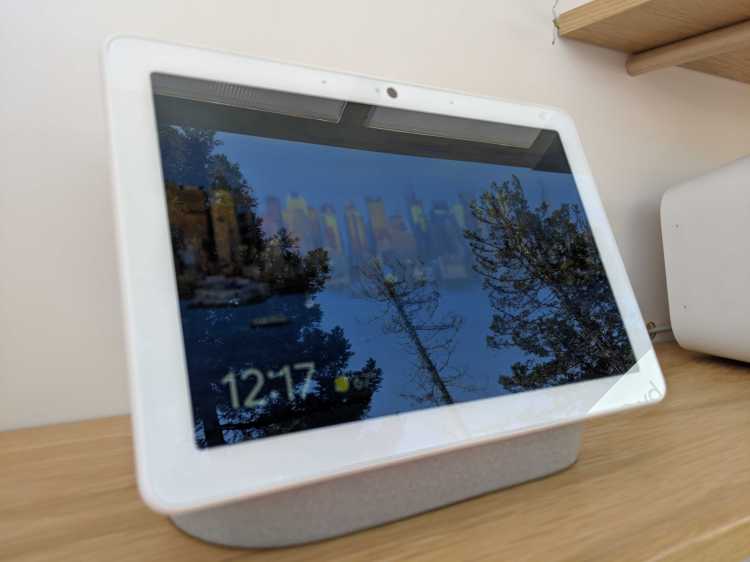testsetset
Google introduced its latest smart device with Google Assistant for the home, the Nest Hub Max, a 10-inch smart display and video camera. The device will cost $229 and go on sale this summer.
The Nest Hub Max will be able to respond to hand gestures to pause music, and can share video messages with other members of a household or anyone with the Duo app.
It will also use on-device machine learning and facial recognition software to recognize the face of people in a household to provide personalized information. So when you walk into the kitchen the display will show your calendar and recommendations. Face Watch is the second biometric for Google Assistant, after Voice Match was introduced in April 2017.
Using Face Match, Nest Hub Max will recognize the person in front of the device to proactively share things on your calendar or to-do list akin to the My Day summary.
June 5th: The AI Audit in NYC
Join us next week in NYC to engage with top executive leaders, delving into strategies for auditing AI models to ensure fairness, optimal performance, and ethical compliance across diverse organizations. Secure your attendance for this exclusive invite-only event.
“So the idea being after you set it up, there are two moments during the day — a good morning moment and good afternoon moment — where you’ll get a little bit more expanded view of what’s coming up,” Google smart displays lead Ashton Udall told VentureBeat shortly after the Nest HUb Max made its debut. “We felt like those were good moments where people are really kind of shifting their mind space in terms of what’s going on.”
The video camera can also automatically shift to follow a video subject, a feature similar to the Smart Camera on Facebook’s Portal smart display.
Today Nest and Home units at Google were combined under the Google Nest name, and the Home Hub smart display was renamed the Nest Hub. Nest was acquired by Google in 2014 and in February 2018 ceased to act as a standalone company and was folded into Google’s hardware team.
Nest Hub Max adds to Google’s line of smart speakers and displays, which began with the Home speaker at I/O developer conference in 2016.
The 7-inch Home Hub was released last year, and is one of the only smart displays on the market without a video camera. The release of the Nest Hub Max means Google can match its biggest competitors — Amazon’s Echo Show and Facebook’s Portal — with a 10-inch screen.
The news announced today at the Google I/O developer conference came as no surprise, as images and details of the device leaked roughly a month ago. Also announced today: A less expensive Pixel 3a, Android Q beta 3, and new tools for developers making voice apps for Google Assistant.
New Google Assistant features announced today and coming soon include personalized event, podcast, and recipe recommendations for smart displays.
Like its biggest competitors, which can both answer Ring’s video doorbell, Nest Home Max will be able to answer Nest video doorbells and security cameras. The Nest Hub Max can also make Duo video calls. Support for Ring video doorbell access with Facebook’s Portal smart display is due out in the coming weeks, Facebook executives announced last week.
Beyond Google’s own smart displays, brands like LG, KitchenAid, and JBL have used the Google developer kit to create smart displays with Google Assistant inside.
A number of enhancements have been made to Google Home speakers since their launch, including live translations and the ability to help you check in for a flight.
Nearly half of all interactions with Google Assistant now include a combination of touch and voice, VP Scott Huffman said.


